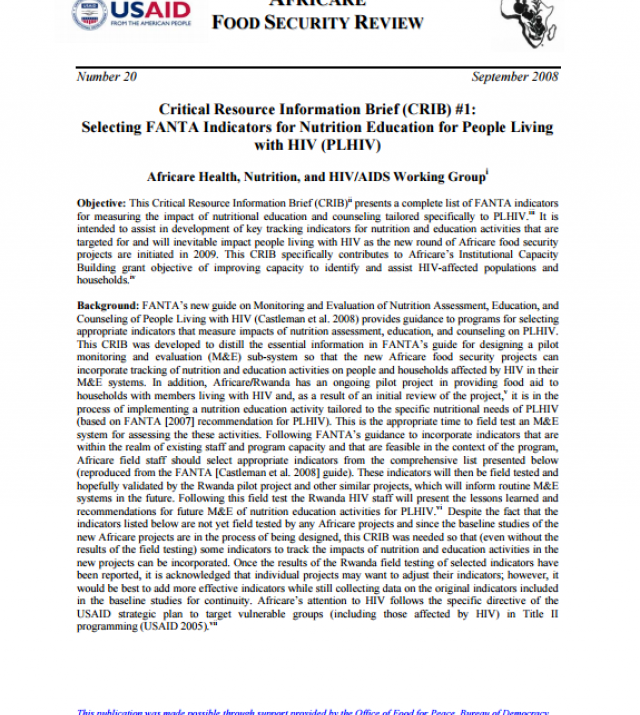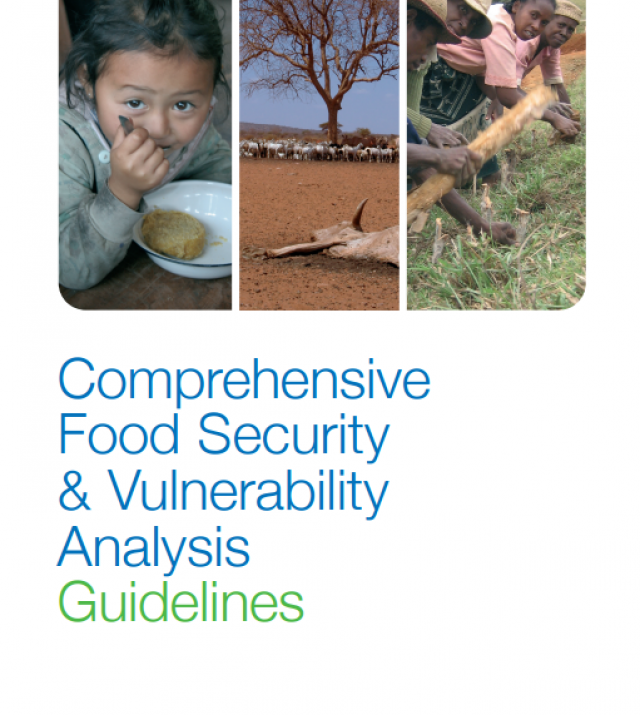
Thematic Guidelines: Sampling Guidelines for Vulnerability Analysis

These guidelines have been designed to assist WFP Country Offices and their partners in choosing appropriate sampling methods for conducting food security and vulnerability studies. Although ideal sampling procedures are widely agreed upon, ideal situations are seldom encountered in the field. Accordingly, the guidance provided in this document was designed with the typical constraints and limitations faced by field staff in mind.
The document has been organized in sections that correspond with the decision-making process involved in developing a sampling strategy. Within each section, detailed guidance and examples are provided.
After describing basic sampling terms and concepts in Section I, Section II presents a decision-tree to assist readers in choosing an appropriate sampling method giving the conditions and objectives of study they wish to undertake. The decision tree asks a series of questions to help field staff identify the most relevant sampling options given the objectives of the assessment and the information available about the population. Once the relevant method options have been identified, proceed to the method sub-sections (simple random sampling, systematic sampling, cluster sampling, two-stage cluster sampling and multi-stage sampling) for more detailed guidance on choosing and applying the appropriate option.
Although the guidelines were designed to cover a wide range of scenarios, it is impossible to predict every constraint and limitation encountered. Additional technical assistance is available through VAM regional and headquarters staff.

